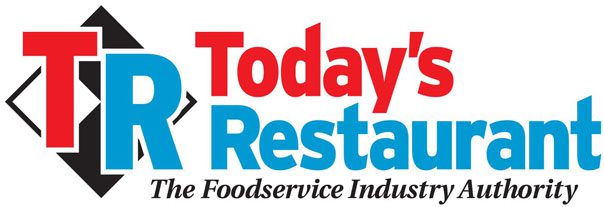
How Should Restaurants Deal with Coronavirus Consequences?
By Doug Reifschneider
The Coronavirus is already affecting the economy, at least in the short term, with cancelled events, cruises and decreased visitors to retail stores. And for restaurants, this crisis is especially looming given the industry’s dependence on foot traffic and forced closure by some cities.
Whether you’re a single restaurant operator or an executive at a large franchised chain, the question on everyone’s mind is what can restaurants do to mitigate the negative effects of this pandemic on their business?
First things first, develop strategies for the following areas:
1. Proper hand washing
2. Overall restaurant cleanliness
3. Impact on employees
4. Delivery / off-premise
5. Supply chain
6. Crisis communication plan
Proper hand washing
Now is the time to re-train all employees about proper hand washing techniques.
The key is to wash hands for 20 seconds with hot, soapy water. The secret to knowing how long to wash your hands is to sing Happy Birthday to yourself two times.
This would be a good time to refresh your restaurant team’s use of gloves too.
Overall restaurant cleanliness
Now is the time to double-down on overall restaurant cleanliness. Re-train employees how to sweep and mop floors, scrub countertops, and clean and disinfect equipment. It may be hard to accept that you need to add labor to outwardly show how important cleanliness is to your restaurant, but it’s crucial. Have twice as many employees clean and wipe things down, especially in high traffic times. Have them clean tables, disinfect salt and pepper shakers, ketchup bottles, and menus. This will be a visual cue to customers that management takes their responsibility to provide a clean, safe environment very seriously. If you don’t, the customers gracing you with their presence may decline more than your competitors because they did a better job showing how important cleanliness and food safety is.
Impact on employees
When the effects of COVID-19 create declining restaurant traffic, employees will lose hours and may become financially distressed. In some cases, they will become sick with the virus. Not only will you have retrained your teams on hand washing and cleaning protocols, but you must tell your employees not to come in to work if they are sick. Make it very clear that an employee coughing, sneezing or exhibiting any other symptoms will not be allowed to work. This “don’t work if you’re sick” policy could create shortages for some shifts and add to the stress, but it’ll be worth it for overall morale and appearances.
Delivery / off-premise
Dine-in occasions are already taking a hit. Now’s the time to improve or add delivery options. That’s because many customers will feel more safe dining at home, especially if they get delivery from healthy drivers. Several of the 3rd party delivery operators are offering no-contact drop-offs which will help with overall social distancing. Delivery was already a growing occasion and this pandemic may boost that dining option to new heights.
Supply chain
Common sense dictates that restaurants take an inventory of food, paper and other supplies. Do any of them come from China or other affected countries? If they do, you may want to check with your distributor and consider domestic alternatives.
Crisis communication plan
If you don’t have a communication and/or crisis management plan, now is the time to create one. Map out all of the possible threats your establishment faces and create responses for each one. Know what your messages are going to be and who will be the spokesperson to deliver them. For example, if a bunch of your employees at one location get sick with Coronavirus, be ready to deliver a message that all employees have been tested, the infected ones are in quarantine and everything on your restaurant is scrubbed clean multiple times a day.
From a communication standpoint, many brands in the travel, hospitality, retail and restaurant industries have already sent emails to their customers explaining the precautions they are taking to keep employees and customers safe. With any external message, it’s a good idea to reference the CDC:
We are closely following the Centers for Disease Control’s (CDC) guidelines and recommendations on the steps we can take to help prevent the spread of the virus.
Also it’s a good idea to post your external communication on the restaurant’s home page and even on the door of your establishment.
Bottom Line:
With the Coronavirus contagion rapidly growing in this country and worldwide, restaurant operators have responsibilities to employees, guests and other stakeholders. The safety of employees and customers is paramount and everything you can do to safeguard both will pay dividends in the very near future.
Doug Reifschneider is CMO with Chief Outsiders, the nation’s largest and fastest growing fractional CMO group. He works with restaurant and retail companies to develop comprehensive marketing strategies and practical tactics to help them grow. More info at www.chiefoutsiders.com.





Recent Comments